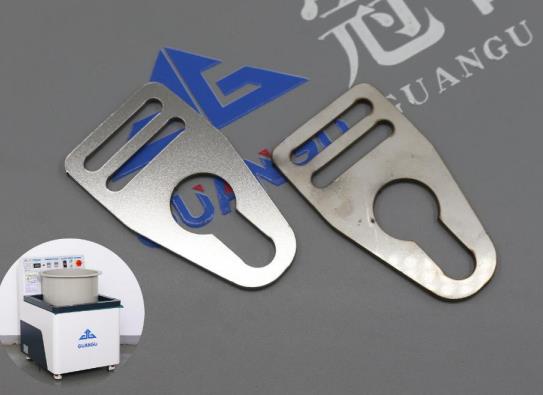Although stainless steel has corrosion and heat resistance characteristics, it is not a completely stainless material. In some cases, rust spots may appear on the surface of stainless steel.
One reason is that oxidation reactions occur on the surface of stainless steel. When the surface of stainless steel is attacked by air, water, or other oxidizing agents, a layer called “oxide skin” may form on its surface. Although this layer of skin can protect the surface of stainless steel, if exposed to air for a long time, it can cause rust spots on the surface of stainless steel due to the rupture of the oxide skin.

In addition, if there are impurities such as iron powder, copper powder, oil stains attached to the surface of stainless steel and it is not cleaned in a timely manner, rust spots are also prone to appear. These impurities react chemically with the surface of stainless steel, forming corrosive substances similar to rust on the surface, leading to the formation of rust spots.
To avoid rust spots on stainless steel, it is recommended to regularly clean and care for it, and pay attention to avoiding contact with chlorine containing media such as salt water and cleaning agents on the surface of the stainless steel.
The following are some common methods for treating rust spots on stainless steel surfaces:
Use acidic cleaning agents: Some acidic cleaning agents for stainless steel, such as hydrofluoric acid, nitric acid, or hydrochloric acid, can be used. Pour the cleaning agent onto a cloth to wipe the rusty area, and then rinse it clean with clean water.
Electrolytic cleaning: Electrolytic cleaning is a method that uses the principle of electrolysis to reduce the oxides on the metal surface to metal and achieve a cleaning effect. This can be achieved by immersing the stainless steel surface in a hydrochloric acid solution and applying electricity.
Mechanical removal: Mechanical tools such as copper wire brushes or grinding discs can be used to remove rust spots. Be careful not to use hard tools such as wire brushes to avoid scratching the stainless steel surface.
Galvanizing/Chromium Plating: Polish the corroded area to a flat surface before galvanizing or chromium plating to protect the stainless steel surface from further corrosion.
In summary, when dealing with rust spots on stainless steel surfaces, it is necessary to choose the appropriate method based on the degree and condition of the rust spots, while also paying attention to protecting the stainless steel surface to avoid secondary damage.


 Wechat
Wechat
